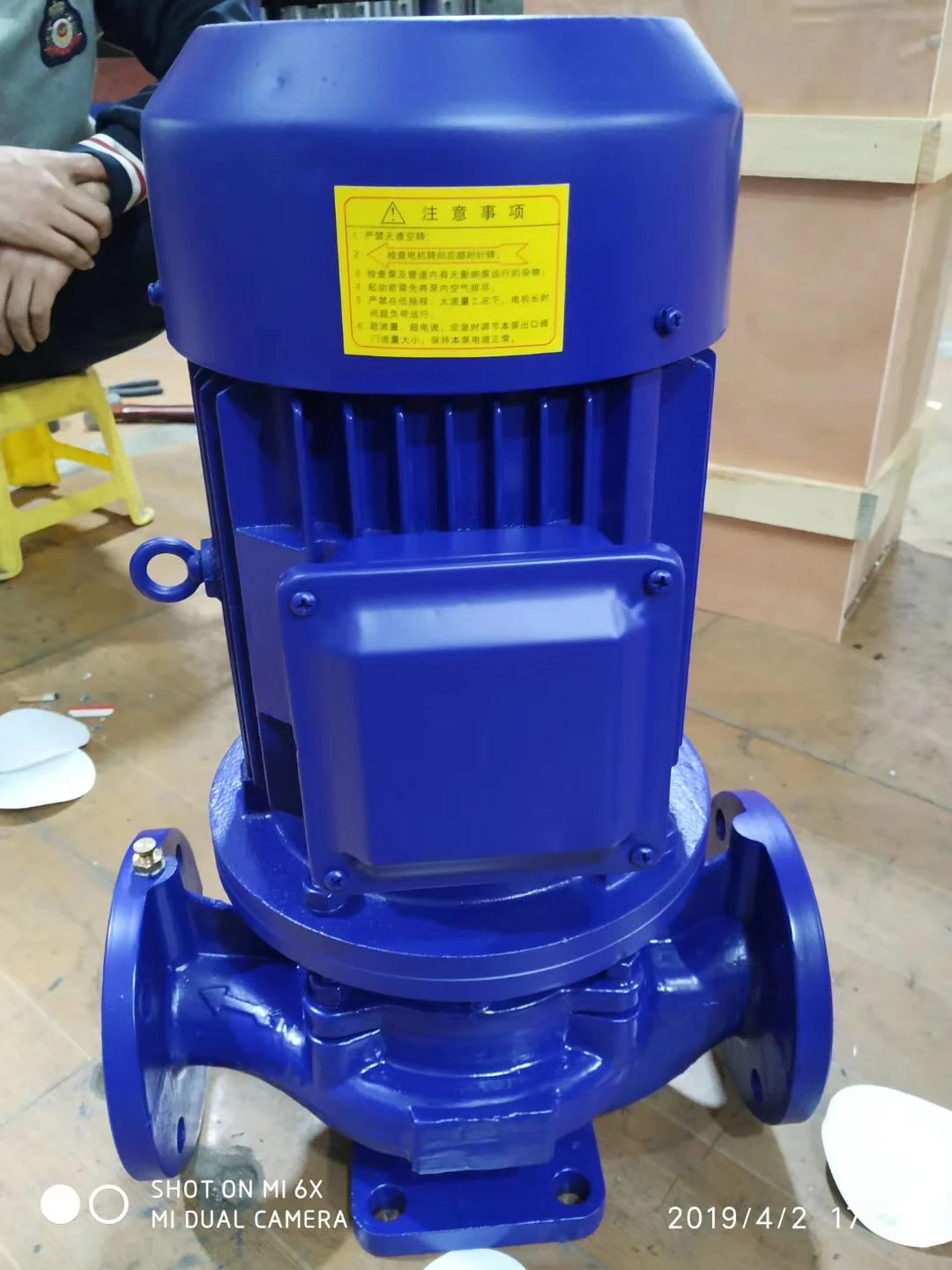English
- Afrikaans
- Albanian
- Amharic
- Arabic
- Armenian
- Azerbaijani
- Basque
- Belarusian
- Bengali
- Bosnian
- Bulgarian
- Catalan
- Cebuano
- Corsican
- Croatian
- Czech
- Danish
- Dutch
- English
- Esperanto
- Estonian
- Finnish
- French
- Frisian
- Galician
- Georgian
- German
- Greek
- Gujarati
- Haitian Creole
- hausa
- hawaiian
- Hebrew
- Hindi
- Miao
- Hungarian
- Icelandic
- igbo
- Indonesian
- irish
- Italian
- Japanese
- Javanese
- Kannada
- kazakh
- Khmer
- Rwandese
- Korean
- Kurdish
- Kyrgyz
- Lao
- Latin
- Latvian
- Lithuanian
- Luxembourgish
- Macedonian
- Malgashi
- Malay
- Malayalam
- Maltese
- Maori
- Marathi
- Mongolian
- Myanmar
- Nepali
- Norwegian
- Norwegian
- Occitan
- Pashto
- Persian
- Polish
- Portuguese
- Punjabi
- Romanian
- Russian
- Samoan
- Scottish Gaelic
- Serbian
- Sesotho
- Shona
- Sindhi
- Sinhala
- Slovak
- Slovenian
- Somali
- Spanish
- Sundanese
- Swahili
- Swedish
- Tagalog
- Tajik
- Tamil
- Tatar
- Telugu
- Thai
- Turkish
- Turkmen
- Ukrainian
- Urdu
- Uighur
- Uzbek
- Vietnamese
- Welsh
- Bantu
- Yiddish
- Yoruba
- Zulu
Telephone: +86 13120555503
Email: frank@cypump.com
Nov . 05, 2024 10:45 Back to list
horizontal slurry pumps
Understanding Horizontal Slurry Pumps Applications and Features
Horizontal slurry pumps are an essential component in various industrial processes where the transportation of abrasive and viscous fluids is required. These pumps are specifically designed for handling slurry, a mixture of liquid and solid particles, which poses unique challenges in terms of pump selection and operation. This article explores the key features, applications, and benefits of horizontal slurry pumps.
Design and Operation
Horizontal slurry pumps typically consist of a horizontal casing, an impeller, a suction and discharge pipework system, and a motor or drive mechanism. The horizontal orientation of the pump allows for easy maintenance and installation, as the pump can be placed in a level position, reducing vibration issues.
The impeller is one of the critical components in slurry pumps, designed to handle solids efficiently. It typically features a robust construction, often made from wear-resistant materials such as chrome alloy or rubber, to withstand the abrasive nature of slurry. The pump generally operates based on centrifugal principles, where the rotational energy from the impeller increases the velocity of the fluid, converting it into pressure energy to transport the slurry through the discharge pipe.
Applications
Horizontal slurry pumps are widely used in various sectors, including
1. Mining and Mineral Processing In mining operations, these pumps are crucial for transporting slurries that contain minerals, ores, and waste materials. They can efficiently handle high concentrations of solids, making them vital for processes such as flotation, leaching, and tailings disposal.
2. Construction and Civil Engineering During construction projects, horizontal slurry pumps are used to manage excavated materials and dewatering processes. They can efficiently move slurry from drilling, tunneling, and dredging activities, ensuring smooth project execution.
3. Pulp and Paper Industry In the paper manufacturing process, these pumps are essential for handling fibrous slurries. They transport wood pulp and other raw materials through various stages, from pulping to bleaching and refining.
horizontal slurry pumps

4. Wastewater Treatment In wastewater management, horizontal slurry pumps play a vital role in sludge handling. They transport thick, viscous sludges generated during wastewater treatment processes to various treatment stages or disposal points.
Benefits
The choice of horizontal slurry pumps offers several advantages over other pumping systems
- Versatility These pumps can handle a wide range of slurries with varying solid concentrations and particle sizes, making them suitable for diverse applications.
- Durability The robust design and wear-resistant materials help ensure a longer operational life, reducing maintenance and replacement costs.
- Efficiency Horizontal slurry pumps are designed to operate at high efficiencies, minimizing energy consumption and operational costs.
- Ease of Maintenance The horizontal design facilitates easy access for maintenance and repairs, allowing for quicker downtime and enhanced productivity.
- Customizability Manufacturers often offer customizable solutions to cater to specific operational requirements, including variations in pump size, material selection, and impeller design.
Conclusion
Horizontal slurry pumps are indispensable in sectors where the transportation of abrasive and viscous materials is a necessity. Their robust design, efficiency, and versatility make them ideal for a range of applications, from mining to wastewater management. As industries continue to evolve, the role of horizontal slurry pumps will remain pivotal in ensuring operational efficiency and effectiveness in handling challenging materials. Investing in a high-quality horizontal slurry pump can significantly impact productivity and cost savings in operations that rely heavily on slurry transport. As technology advances, we can expect further innovations in pump design that will enhance their performance and sustainability, ensuring they meet the future needs of various industrial applications.
-
Horizontal Split Case Pump with GPT-4 Turbo | High Efficiency
NewsAug.01,2025
-
ISG Series Pipeline Pump - Chi Yuan Pumps | High Efficiency, Durable Design
NewsAug.01,2025
-
Advanced Flue Gas Desulfurization Pump with GPT-4 Turbo | Durable & Efficient
NewsJul.31,2025
-
ISG Series Vertical Pipeline Pump - Chi Yuan Pumps | Advanced Hydraulic Design&Durable Construction
NewsJul.31,2025
-
ISG Series Vertical Pipeline Pump - Chi Yuan Pumps | Energy Efficient & Low Noise
NewsJul.31,2025
-
pipeline pump - Chi Yuan Pumps Co., LTD.|High Efficiency&Low Noise
NewsJul.31,2025










